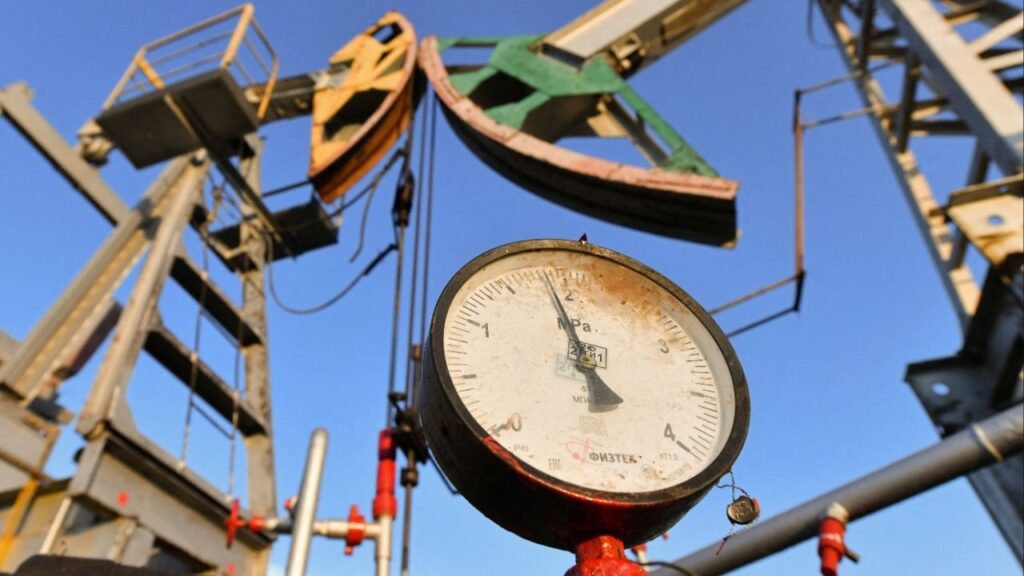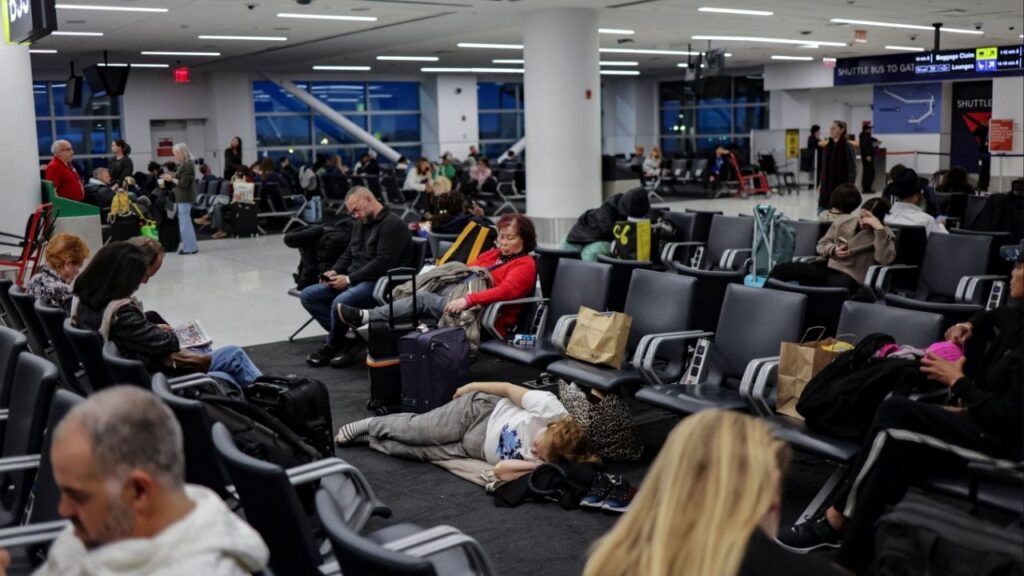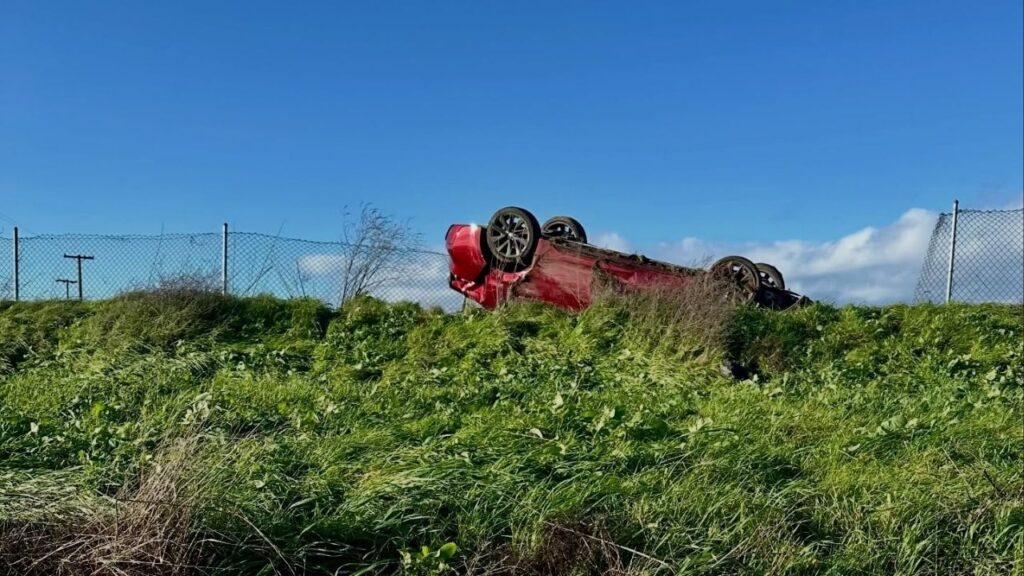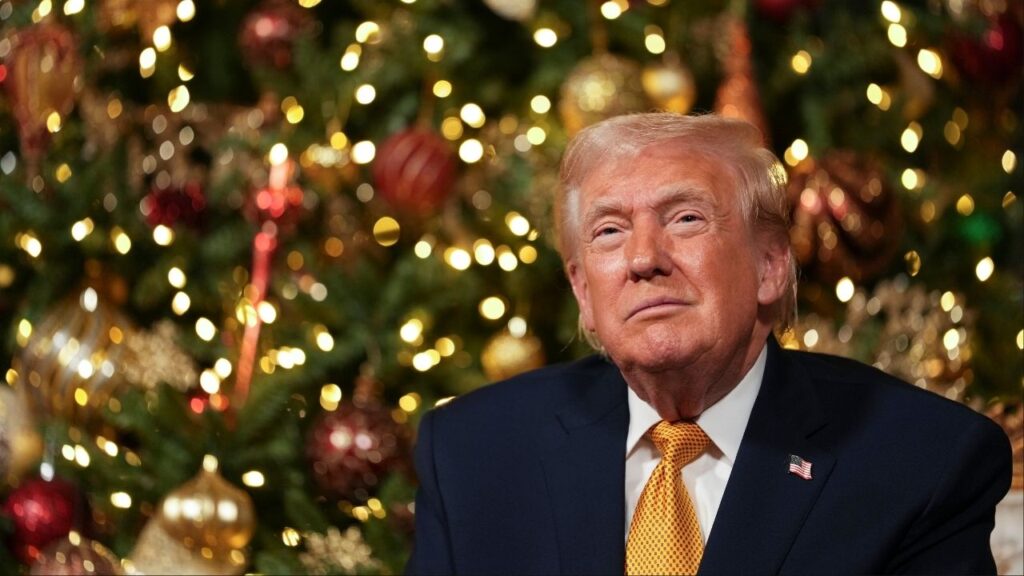Share
WASHINGTON — Barely a month into a mass vaccination campaign to stop the COVID-19 pandemic, the Trump administration unexpectedly shifted gears Tuesday to speed the delivery of shots. The move came after widespread concern over a slow start even as coronavirus cases and deaths reach new highs.
Health and Human Services Secretary Alex Azar announced a series of major changes to increase supply of vaccines and expand the age groups eligible as well as locations where people can get shots.
One change will have some teeth to it. Azar said going forward the federal government will base each state’s allocation of vaccines partly on how successful states have been in administering those already provided.
“If you are not using vaccines that you have the right to, then we should be rebalancing to states that are using that vaccine,” Azar said at news conference. That won’t happen overnight, not until officials try to sort out whether lags in reporting could be the reason for what appears to be subpar performance.
Azar also said the government will stop holding back the required second doses of the Pfizer-BioNTech and Moderna vaccines, practically doubling supply. Both those shots require two doses to achieve optimum protection.
Additionally, Washington is urging states to immediately start vaccinating other groups lower down the priority scale, including people age 65 and older and younger people with certain health problems.
The move to increase the supply of vaccines better aligns the outgoing administration with the new Biden-Harris team. On Friday, President-elect Joe Biden said he will rapidly release most available vaccine doses to protect more people. He said he supported immediately releasing vaccines that health authorities were holding back out of caution, to guarantee they would be available for people needing their second dose.
“This next phase reflects the urgency of the situation,” said Azar. “Every vaccine dose sitting in a warehouse rather than going into an arm could mean one more death that could have been avoided.”
Initially the government had been holding back second doses as a safety precaution against potential shortfalls in production. Now, officials say they are confident the needed supply will be there. And people needing a second dose will have priority.
As of Monday Morning, the Government Had Distributed About 25.5 Million Doses to States
Simultaneously, Azar gave states the green light to provide more places where people can get shots. Those locations can include tens of thousands of pharmacies, federally supported community health centers that serve low-income communities, and mass vaccination sites already being set up in some states.
As of Monday morning, the government had distributed about 25.5 million doses to states, U.S. territories and major cities. But only about 9 million people had received their first shot, according to the Centers for Disease Control and Prevention’s online tracker. That means only about 35% of the available vaccines had been administered.
Initially, the shots were going to health care workers and nursing home residents. Those 75 and older were next in line. But problems arose even in vaccinating that limited pool of people. Some hospital and nursing home workers have been hesitant to get the vaccine. Scheduling issues created delays in getting shots to nursing homes.
Some states, including Arizona, have or are planning to open up mass vaccination centers, aiming to inoculate thousands of people a day in a single location. In Florida, Gov. Ron DeSantis opened up vaccinations to people 65 and older. In other states, local health authorities have started asking residents 65 and older to register, in anticipation the vaccination campaign would be expanded.
Although Azar said the shift in strategy was a natural evolution of the Trump administration’s efforts, as recently as Friday he had raised questions about whether Biden’s call to accelerate supplies was prudent.
On Tuesday, he also sought to deflect blame to the states for the slow uptake of vaccines. Azar said some states are being “overly prescriptive and trying to micromanage every single dose of vaccine,” leading to bottlenecks.
Azar also criticized what he called “the hospitalization of vaccine distribution,” saying “we have too much vaccine sitting in freezers in hospitals.”
State and local officials are sure to point out that it was the federal government that recommended putting health care workers at the front of the vaccination line.
The Slow Pace of the Vaccine Rollout Has Frustrated Many Americans
The Trump administration directed a crash effort to develop, manufacture and deliver vaccines, hoping to avoid a repeat of earlier debacles with coronavirus testing. Dubbed “Operation Warp Speed,” it has produced two highly effective vaccines, with more on the way.
Each state has its own plan for who should be vaccinated, based on CDC recommendations that gave first priority to health care workers and nursing home residents. Some critics say the administration’s planning should have extended into helping states administer the shots after they were delivered. Congress has recently approved more than $8 billion for that.
The slow pace of the vaccine rollout has frustrated many Americans at a time when the coronavirus death toll has continued to rise. More than 376,000 people in the U.S. have died, according to the Johns Hopkins database.
Azar said the pace of vaccinations has picked up, hitting 700,000 a day recently and on track to reach 1 million daily. But the American Hospital Association estimates 1.8 million vaccinations a day are needed, seven days a week, to achieve widespread immunity by the middle of this year. Biden has set a goal of 100 million shots administered in his first 100 days.
“We’re in a race against this virus and quite frankly, we’re behind,” U.S. Surgeon General Jerome Adams told “Fox & Friends.” Public health advocates agree.
“Bottom line is we need to get the most vaccine in the most arms as quickly as we can and we need to make sure people get the second dose — those are not necessarily at odds with each other,” said Chrissie Juliano, of the Big Cities Health Coalition, which represents leaders of large metropolitan health departments. “The public health prevention measures we are asking people to do — stay home, mask up, social distance — aren’t getting us to where we need to be. We need to be bold and we need to respond with renewed urgency.”
Biden is expected to give a speech Thursday outlining his plan to speed vaccines to more people in the first part of his administration. His transition team has vowed to release as many vaccine doses as possible, rather than continuing what had been the Trump administration policy of holding back millions of doses to ensure there would be enough supply to allow those getting the first shot to get a second one.
Azar said they’ll brief the Biden transition team on the changes, but didn’t seek their blessing.
Categories

Silver Crosses $76 Mark While Gold, Platinum Stretch Record Highs
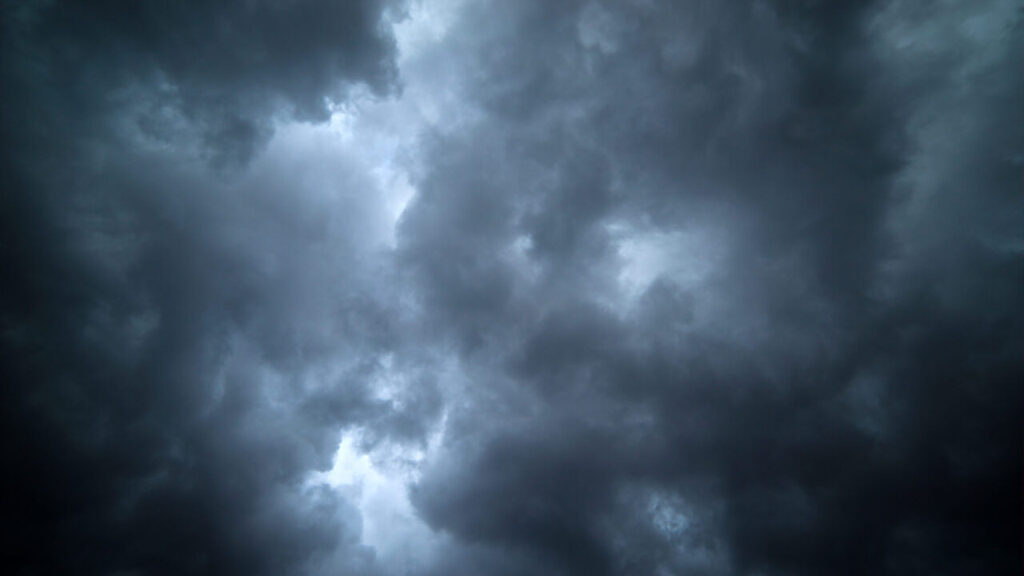
Fresno Rain Isn’t Done. Forecast Calls for Thunderstorms
